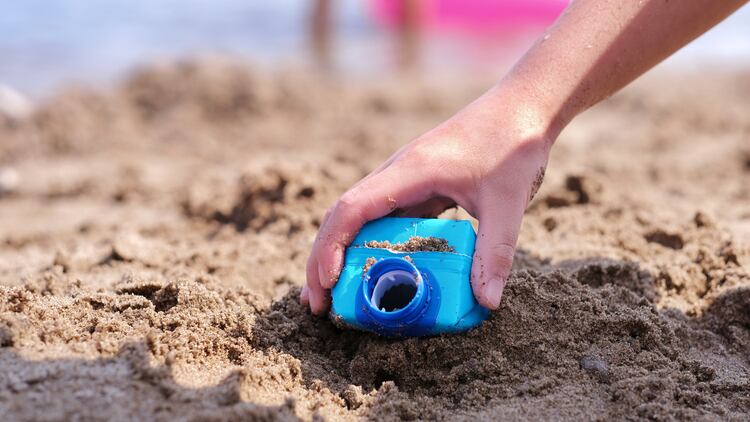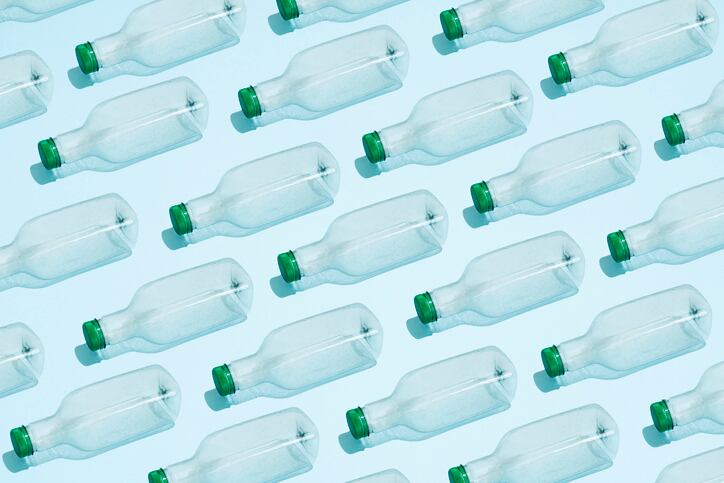The aluminium layer is critical in keeping the contents in the cartons safe for consumption. Despite being thinner than human hair, the aluminium layer contributes a third of the greenhouse gas emissions linked to materials used by Tetra Pak.
Hence, the plant-based innovation was introduced in the first half of 2022, said the VP for Packaging Materials, Sales and Distribution Solutions, Marco Marchetti.

“Early results suggest that the package with a fibre-based barrier will offer substantial carbon dioxide reduction compared to traditional aseptic cartons, together with comparable shelf life and food protection properties. Cartons with higher paper content are also more attractive for paper mills; thus, this concept presents a clear potential for realising a low carbon circular economy for packaging,” said Marchetti, who is based in Italy and a mechanical engineer by training.
He was speaking to FoodNavigator-Asia as a follow-up to Tetra Pak Malaysia’s statement on reaffirming its commitment to sustainability through innovation and collaboration.
Even packaging is going plant-based
For Tetra Pak, replacing the aluminium layer is a priority because the material is non-renewable and requires complex and energy-demanding processes. Moreover, Marchetti said that the recycling capacity of the aluminium component out of post-consumer cartons is lacking on a large scale, so upstream and downstream action is needed to accelerate a progressive change.
A Tetra Pak carton is typically made of 70% paperboard, 25% plastic and 5% aluminium to protect the product. All the materials are recyclable, where efficient waste management and recycling infrastructure are in place.
“But we are keen to evolve and adapt, taking into account the rapidly changing scenarios and growing expectations from customers, society and regulators. We aim to develop the world’s most sustainable food package, one that is fully made of responsibly sourced renewable materials, is fully recyclable and carbon-neutral. We need to shift from high-carbon, fossil-based materials to low-carbon, renewable ones, as they help us not to drain our planet of resources. This is essential to our low carbon circular economy approach,” said Marchetti.
The pilot batch of single-serve packs featuring the fibre-based barrier has been on test since earlier this year and represented a key marker in developing future generations of alternative barriers.
Another two packaging innovations by the firm were the five tethered cap solutions and paper straws. The caps, claimed to be world-first, are designed to enhance convenience during consumption and prevent litter as they are attached to the package. The cap also features a plastic content reduction of between 7% and 15%. On the other hand, the paper straw claims to “further expand the use of low-carbon, renewable materials” without compromising food safety and the end-user drinking experience.
The innovations would be progressively introduced across the Asia Pacific. For instance, its plant-based packaging can be found in selected brands in Taiwan, the Philippines and Oceania. The alternative barrier is still under product development in Japan.
“The commercial technology validation of a polymer-based barrier to replace the aluminium layer was conducted in Japan between late 2020 and early 2022, helping to understand the value chain implications of the change and to quantify the carbon footprint reduction. It also confirmed adequate oxygen protection for vegetable juice while enabling increased recycling rates in a country where recyclers favour aluminium-free cartons,” he said.
Global action for green
Beyond Asia, Marchetti said Tetra Pak would invest approximately 100 million euros (US$99m) per year over the next five to 10 years to develop more sustainable packaging options. After making “significant investments”, all its European factories can now produce plant-based polymer coating for carton packages. Further development is underway to extend the full plant-based offering to other products and plants.
The five tethered cap solutions have also been introduced across Ireland, the Baltics, Spain and Germany in various categories like water, juice and milk, and formats like on-the-go and family packs.
“We are on a trajectory to net zero emissions across our operations by 2030 with the ambition to reach net zero across our value chain by 2050. As a target approved by the Science Based Target initiative, this means, among other things, reaching -46% greenhouse gas emission reduction across the chain by 2030, in line with the 1.5°C path. This is what the latest climate science has told us is needed to prevent the most damaging effects of climate change, and we are fully committed to playing our part,” he said.


